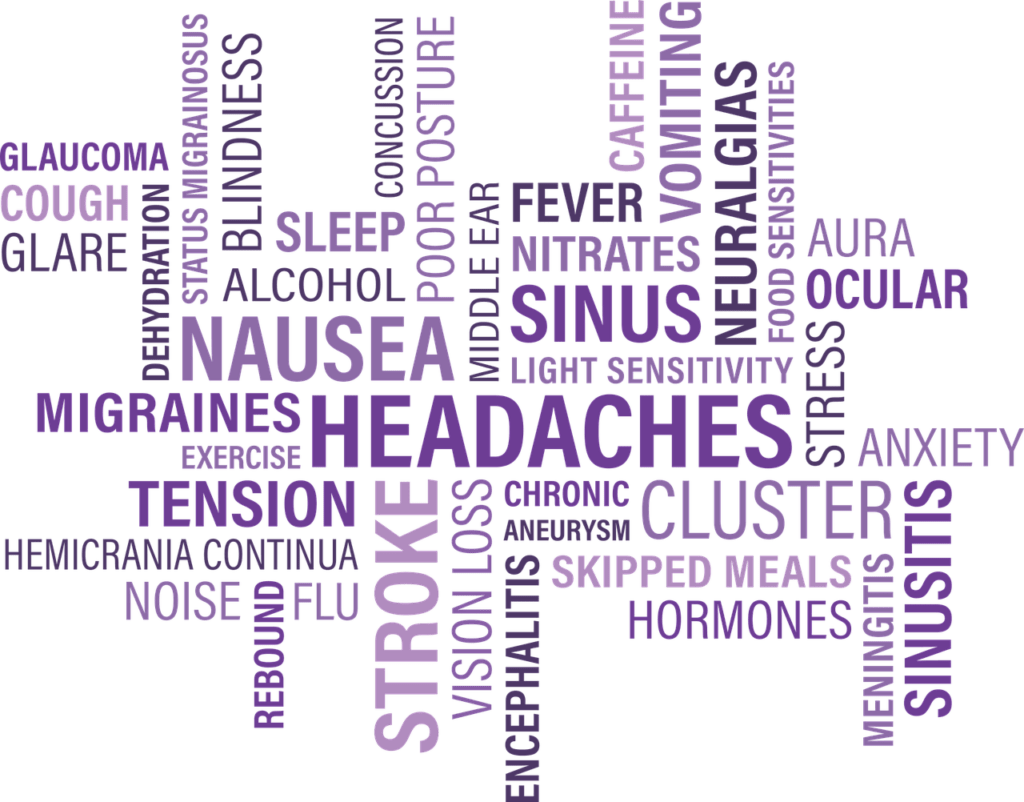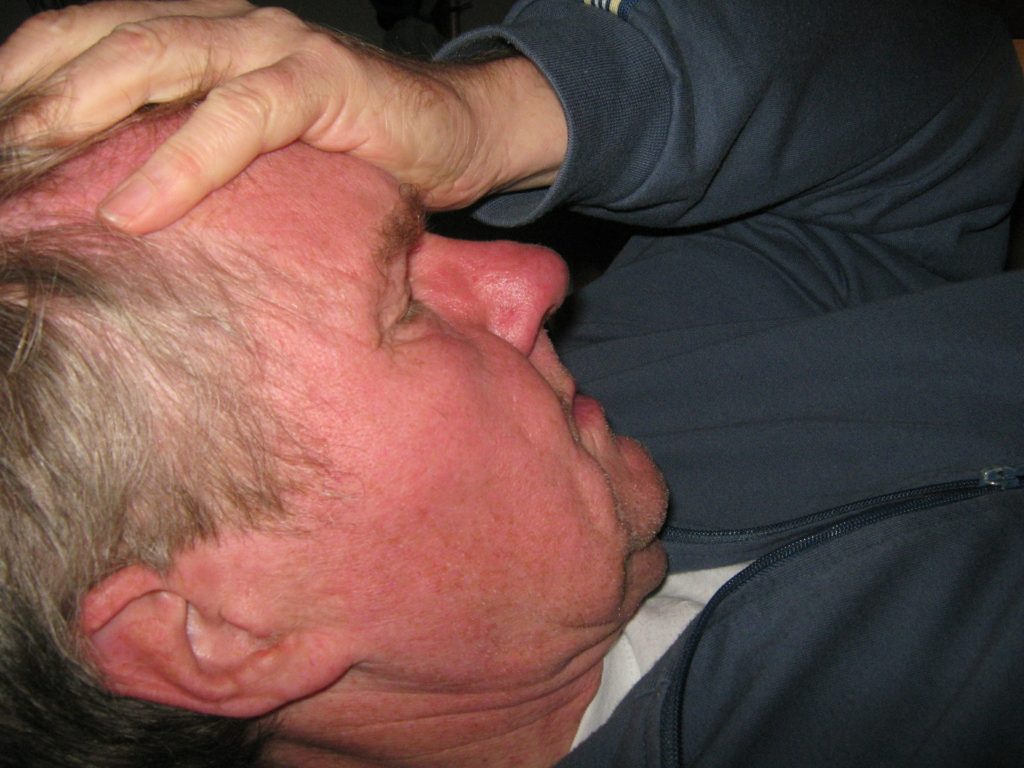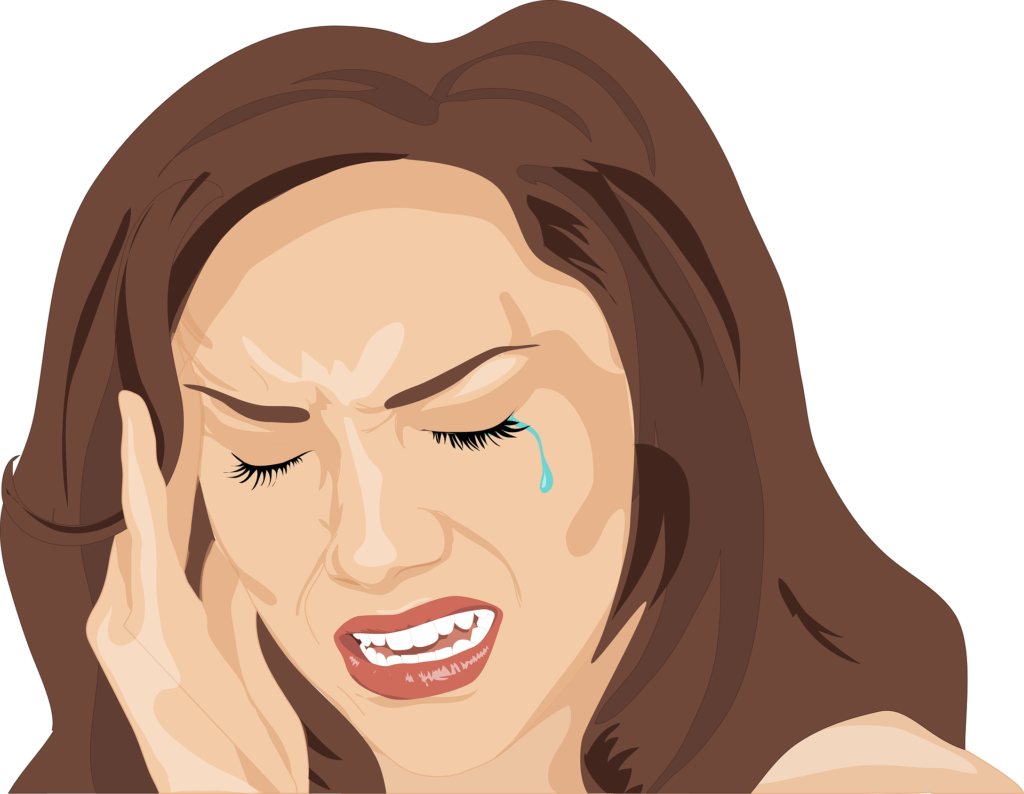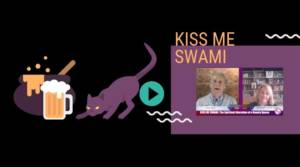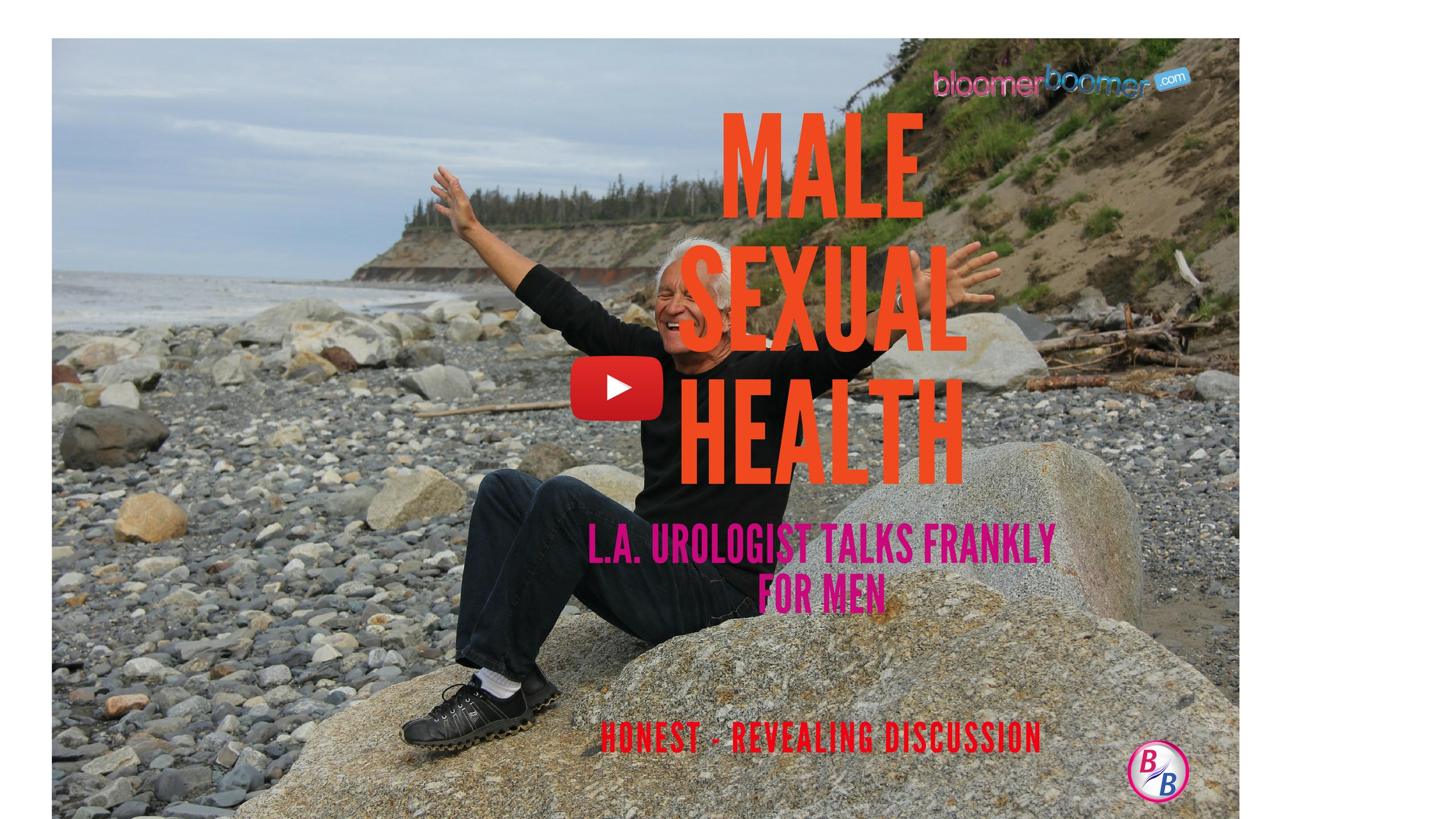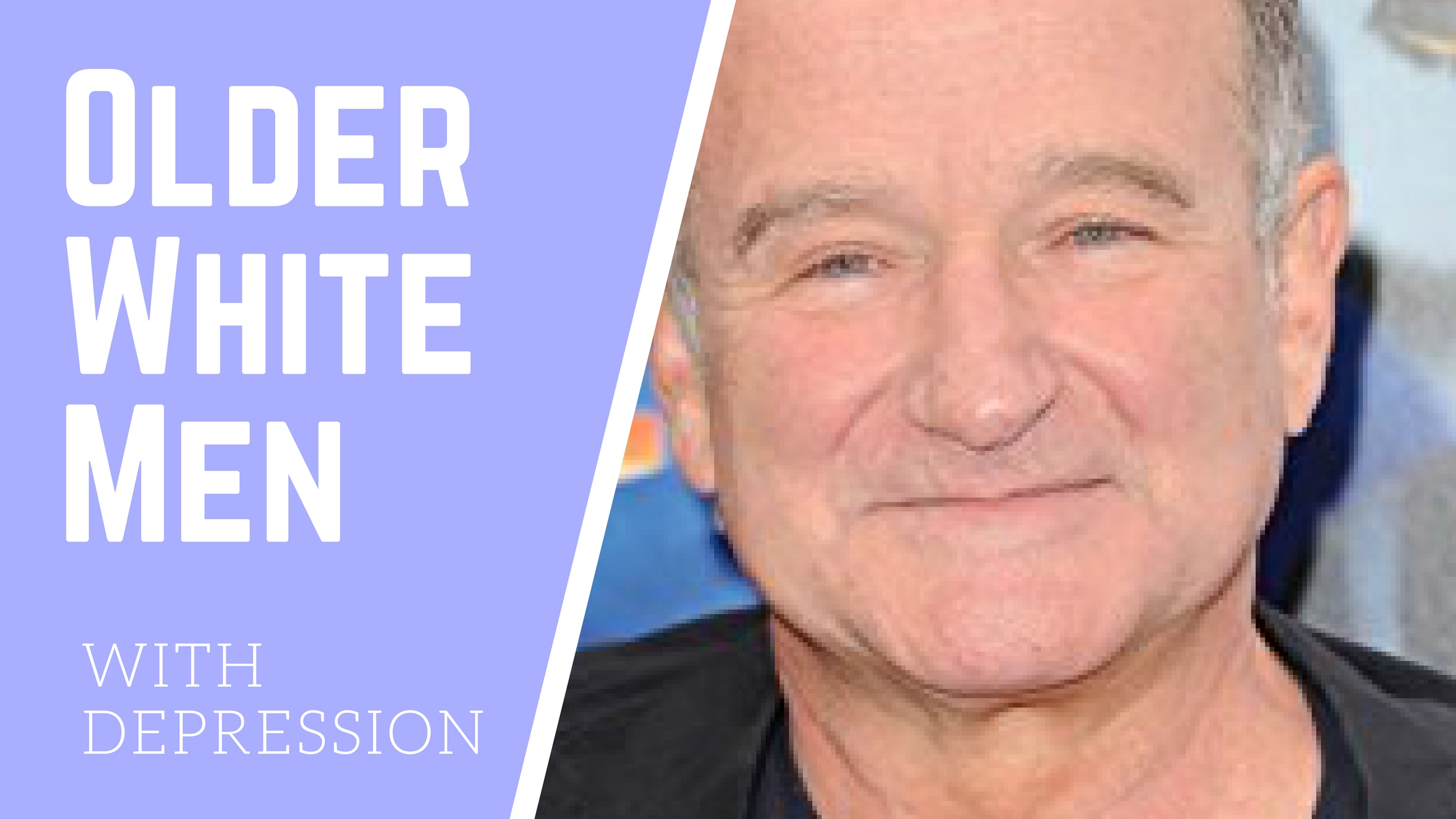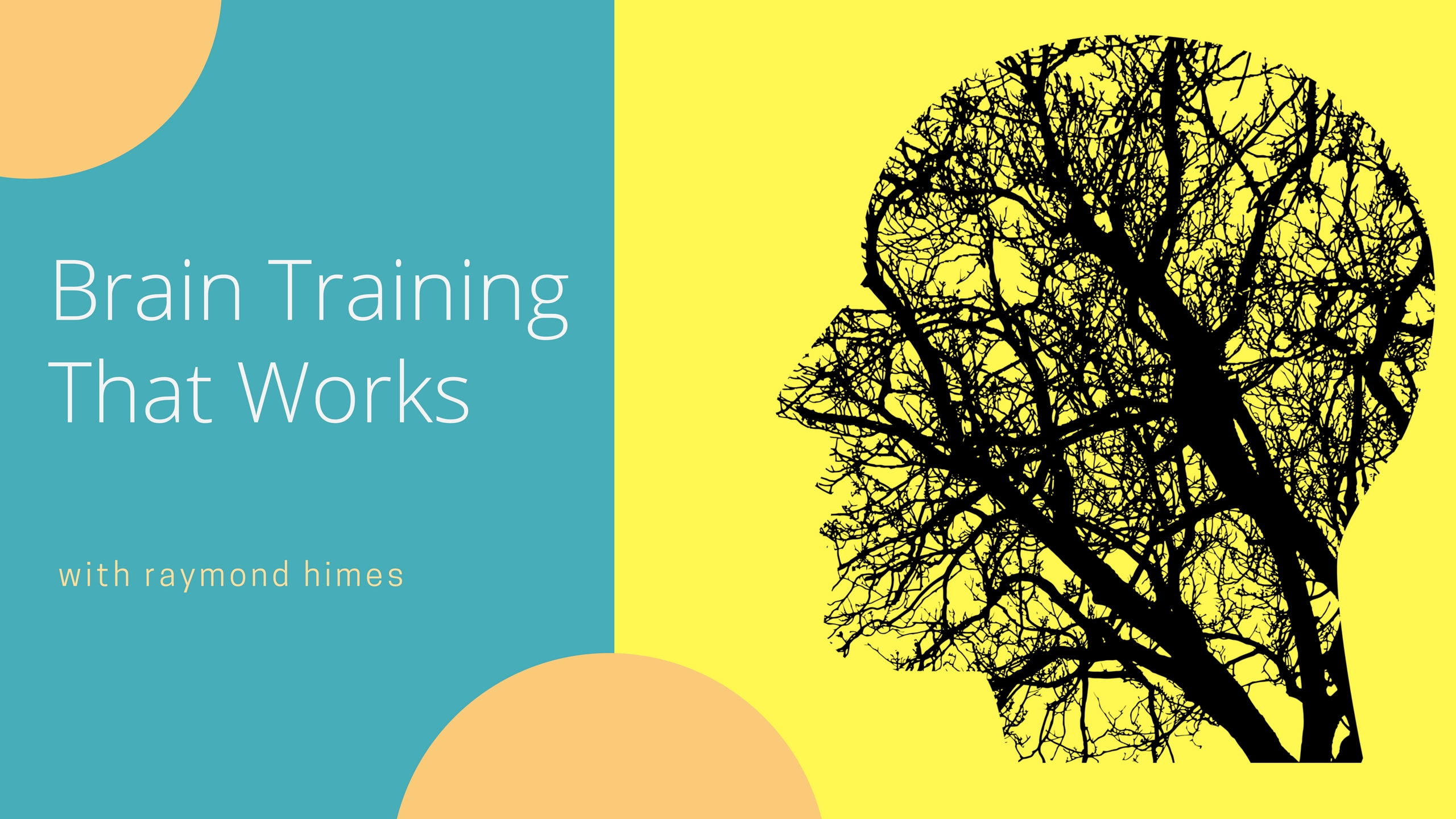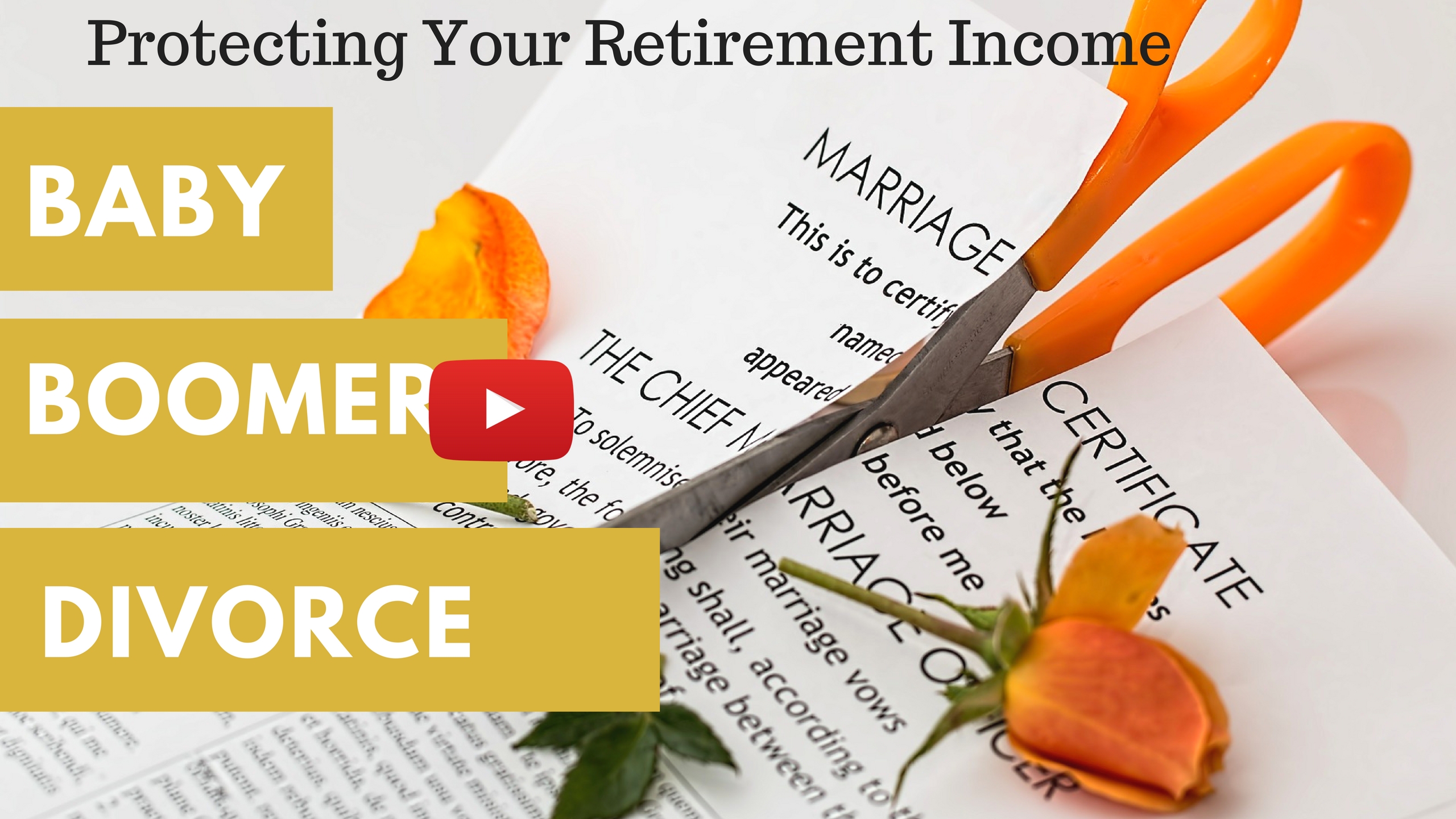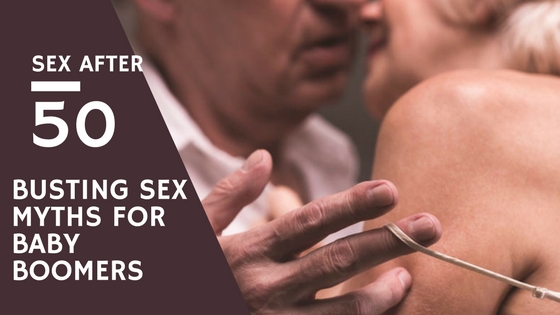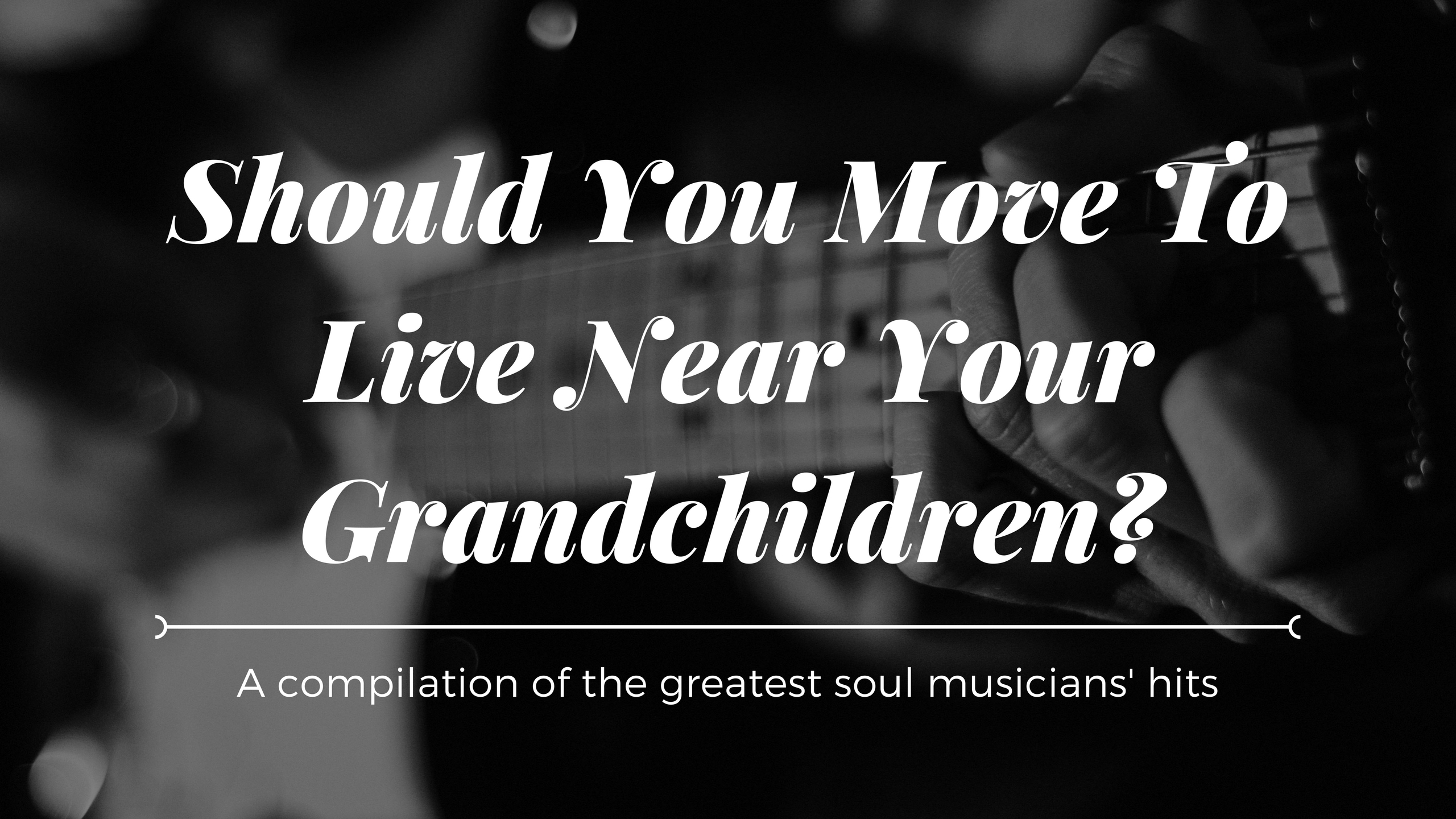4 Myths About Migraines After 50
4-Myths About Migraines After 50
While most people will experience head pain at some point in their lives with varying frequency and intensity, many dismiss their symptoms as “just a headache.” But if you have head pain that’s so severe it interferes with daily tasks, and if it is associated with other symptoms like sensitivity to light or sound, or accompanied by nausea, you may have migraine. There are many reasons why people over 50 don’t seek treatment for migraine, and most stem from a simple lack of knowledge about the disease and treatment options. Here are some common myths about migraine’s effect on baby boomers and the realities you need to know to take control of your health.
Myth #1: Migraine is rare
False. Migraine is actually one of most common and disabling neurologic conditions on the planet, especially for women. One in four U.S. households are affected by migraine. While an estimated 12% of the U.S. population has migraine, those estimates include 19% of women and 6% of men aged 50-59. Rates are lower in the following decade, affecting an estimated 7% of women and 2% of men. Migraine often begins during puberty or young adulthood and is most prevalent through midlife, but can continue through later decades of life.
“We estimate that 40 million Americans have migraine, yet less than half of them have been diagnosed or treated by a healthcare professional. So many people live with migraine without even knowing it.”, said Dawn Buse, PhD, Professor of Neurology at Albert Einstein College of Medicine in New York City and a Board member of the American Headache Society. If you experience severe headaches that last several hours; if you ever feel nauseous or even vomit during your headaches, or if you find you are especially sensitive to lights, sounds or odors during your headaches, you may have migraine, and should talk to your doctor.
Myth #2: Migraine gets better as you get older
True. It is true that migraine becomes less frequent after midlife in general, but a lesser-known reality is that a subset of women with migraine experience new or worsening symptoms during perimenopause. Perimenopause is the transition period before menopause when hormone levels fluctuate significantly. Perimenopause can last up to ten years on average, and typically begins in the early- to mid-40s. Many women are familiar with its more typical symptoms, like hot flashes and irregular periods, but few realize that an increase in migraine attacks is also common. This increased migraine activity is believed to be triggered by changes in hormone levels, which commonly lead to an increase in the frequency of migraine attacks.
Jelena Pavlović , MD, PhD, is an Assistant Professor of Neurology at Albert Einstein College of Medicine in New York City whose research focuses on studying female hormones and migraine. Pavlović believes that this misconception can be discouraging to women hoping that their migraine will improve during and after midlife. “To say ‘migraine improves with age’ ignores a large number of women whose symptoms actually get worse for quite some time,” said Dr. Pavlović. “It’s important to discuss these generalizations in order for people with migraine to have a more realistic understanding of the trajectory of their disease.”
The good news is that for the majority of women (and men) migraine does become less common and often stops entirely in later life. However, if you develop severe headache for the first time or experience a worsening of your typical headache patterns after age 50, you should speak with a healthcare professional. Developing migraine or headache after age 50 can be worrisome, but it shouldn’t be cause for panic, and there are many options for treatment.
Myth #3: There’s an age limit for migraine-specific medications
False. Many people believe that there is an age limit for one of the more common migraine-specific medications, known as triptans, but that is not the case. There are no specific age guidelines for triptan use, and baby boomers are not precluded from receiving this migraine treatment. However, this misconception has some basis in fact. People over age 50 face an increased risk of cardiovascular disease, and triptans are contraindicated for those with a history of heart disease or events like a heart attack. This deters some physicians from prescribing triptans to patients over 50.
People being treated for migraine should talk with their doctor about their cardiovascular health, including risk factors like a family history of heart disease. In addition, since migraine often starts early in life, people who were prescribed triptans early in life and later developed heart disease should consult their doctor about whether they need to change their migraine treatment plan. “There are patients who have relied on triptans for close to 20 years, and they can be hesitant to give them up after being diagnosed with high blood pressure or heart disease,” says Pavlović. “It’s important to know that there are safer treatment options including both medication and non-medication options.”
Boomers concerned about their cardiovascular health or who have experienced a cardiac event in the past may be candidates for other migraine therapies. There are a number of preventative treatments, including both medication and non-pharmacological therapies, that are effective and generally safe for people over age 50 with migraine. There are also many lifestyle habits like getting regular exercise, following a healthy diet, getting enough sleep and managing stress that are scientifically proven to help with both migraine management and cardiovascular health. Talk to your doctor to determine which options are right for you.
Myth #4: Women with migraine should not use hormone therapy (HT)
False. Many women turn to hormone therapy to help ease the symptoms of perimenopause. The treatment consists of low doses of estrogen with or without progesterone to help ease the hormonal fluctuations characteristic of the menopausal transition. Women of any age with migraine with aura are advised not to use hormonal contraceptive medications because they may increase stroke risk. Estrogen doses used in contraception are generally 2 to 20 times higher than those used in hormone therapy for perimenopausal symptoms. Women of any age with migraine with aura are advised not to use hormonal contraceptive medications because they may increase stroke risk. This concern has led to a common misconception that any hormone-related medication is dangerous for all women with migraine, but that is not the case.
Women who have migraine either with or without aura may be able to safely use hormone therapy for treatment of perimenopause symptoms under the guidance of their healthcare professional.
Aura is a phase of migraine that usually precedes the onset of head pain; its symptoms include changes in visual, sensory and speech patterns, delayed motor functioning or other central nervous system symptoms. These changes can last for as little as 5 minutes or for up to 60 minutes. A visual aura may look like wavy lines or spots over some of the field of vision. A motor aura may feel like numbness or tingling in parts of the body. Very brief (i.e. a few seconds) experiences of such sensory events are generally not considered an aura. These changes should last at least 5 minutes but can last up to 60 minutes to be consistent with a migraine aura.
“In all of these cases, the most important thing to do is speak with your healthcare professional to get an accurate diagnosis and discuss the best treatment options for you,” said Dr. Buse. “Share your health history including headache frequency and symptoms, cardiovascular history and hormonal symptoms with your healthcare professional. It is helpful to keep a record on a calendar or app and bring it with you to your appointment. Together you and your healthcare professional can create a personalized treatment plan that is personally tailored for you.”
For more information about migraine and other headaches or to find a headache expert healthcare professional see visit the American Migraine Foundation website.
https://beardoholic.com/albert-einstein/
Category: Articles, Baby Boomer, Blog, Brain Health, Eldercare, Senior Health

